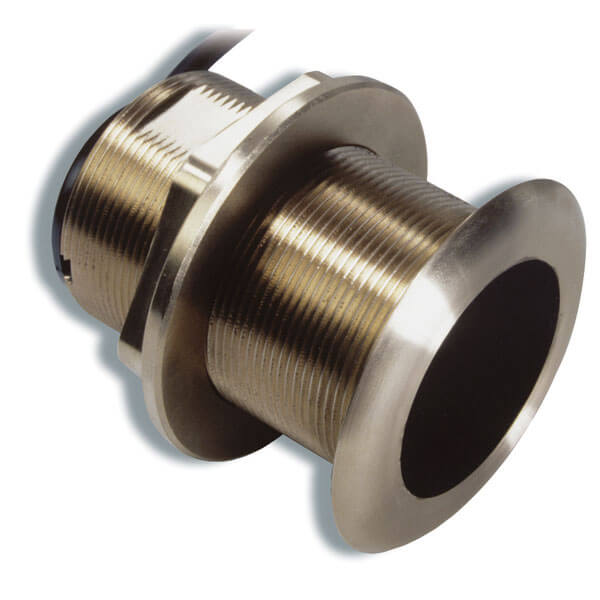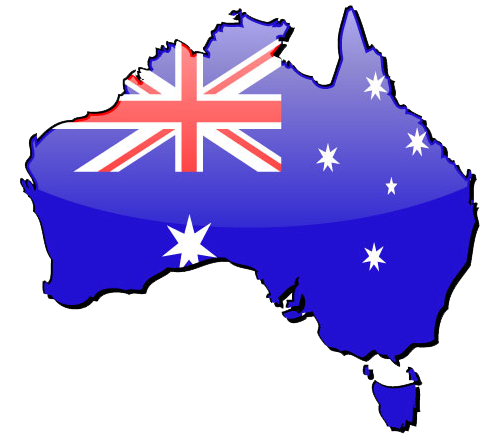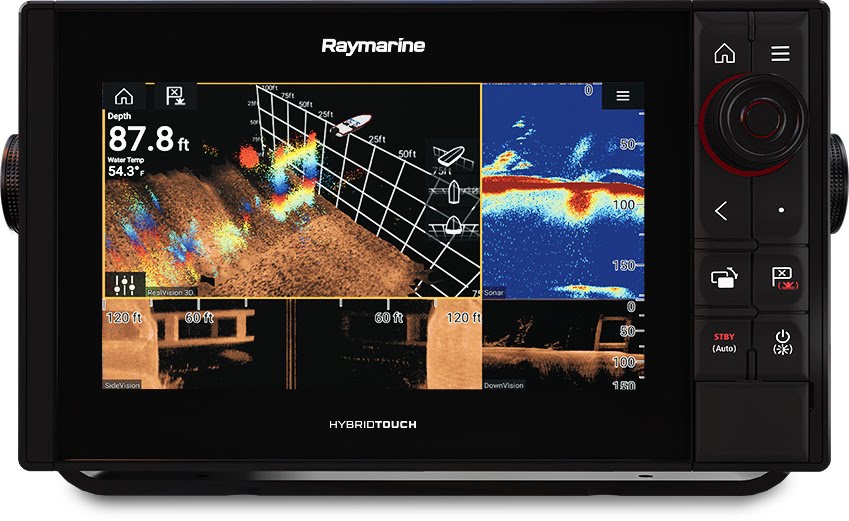Best Fishfinder 2018
Posted by Shotgun Shelly on 2nd May 2019
So what really is the best?Fishfinder Modern Technology for 2018?
Finally all the questions on new fishfinders in 2018 - there are a few key questions we need to address.
Fishfinders permit anglers to see a visuals depiction of what is under their boats so they can determine fish. To select a fishfinder, take into consideration the sort of system-- whether it consists of GPS and also is part of a boatwide network, dimension of the fishfinder's impact, resolution of the display, how much transferring power you need, and also what frequencies will certainly function best in the inland, coastal or deep-water setting where you fish.
So which one is for you? standalone, combination or network fishfinder?
Three fishfinder selections are available; standalone fishfinders that execute no other function, mix items that likewise include a chartplotter, and fully-networked systems providing a smorgasbord of possible functions, all viewable through several multi-function display screens. Some reasons to choose each kind:
Standalone fishfinder:
If you just intend to see what's below, dedicated fishfinders provide the largest display and the most performance for the least expense. If you have a small boat that you use for fishing small inland lakes or get on a restricted spending plan, a standalone fishfinder is for you. On the other hand, if your pilothouse has area for multiple screens, or if you simply purchased a brand-new GPS, obtain a serious big-screen fishfinder. You can normally include a GPS sensor later to numerous systems, turning them right into chartplotter combos.
Combination fishfinder/chartplotter:
Combo systems make sense for many proprietors of mid-sized watercrafts. Usage GPS for navigation to the angling premises, watch both on split display, or view just the fishfinder. "Black box" sounder components can transform many chartplotters into combo devices, with the installation of a transducer.
Networked system:
Totally networked systems are readily available from all the significant distributors, and generally will support a massive range of data resources consisting of radar, raster and also vector GPS graphes, video, and also SiriusXM satellite radio. Several allow Bluetooth/WiFi, as well as you can regulate them from your apple iphone or Android mobile phone. Your fishfinder, frequently an outside "black box" module, is just among these sources of data. Multiple-display network systems are excellent for medium-sized or large vessels. Capacities get even more amazing every year.
The Lowrance StructureScan 3D creates a high-resolution, 180-degree, three-dimensional sight below your watercraft.
What display screen specifications-- colors, pixels, size?
LCD screens are constructed from a grid of "picture aspects," tiny dots that independently darken when electric current is applied, with their name shortened in common use to "pixel." Extra upright pixels mean greater deepness resolution, as each pixel represents much less deepness. The number of pixels in a screen's straight axis determines for how long items remain onscreen before they scroll hidden, of significant relevance with split-screen display screens showing narrow columns of side-by-side details.
The picture-like, three-dimensional sights shown over are displayed on the Lowrance HDS Gen3 collection of fishfinder/chartplotters, when used in mix with the StructureScan 3D Skimmer ® transducer (listed below) and module.
More pixels per square inch will certainly provide better information of frameworks, a much better depiction of what's listed below you, as well as enhanced split-screen pictures. A lot more pixels-- greater screen resolution as well as a cinema-- permit you to see the air bladders of smaller sized fish, see fish near all-time low, different carefully spaced targets from one another, as well as to see fish on the sides of "lure spheres." But bear in mind: the comparison of the screen have to also be sharp in order to utilize the resolution. Like several attributes, you obtain what you pay for with display screen resolution-- the a lot more the far better.
Diagonal action of screen size
Most quoted display sizes describe the diagonal range in inches across the screen. Widescreen displays permit you to see more purposeful details when you split the screen to display greater than one kind of information, revealing your GENERAL PRACTITIONER chart, radar screen, or returns from greater than one transducer.
Just how much transmit power, and also what regularities?
The number of watts?
The power of a fishfinder-- the toughness of the "ping"-- is expressed in watts RMS (origin mean settled). Power is directly related to just how well you see in silt-laden water, view down to greater depths, and effectively resolve separate targets and also bottom structure. A 500-watt (RMS) fishfinder must have plenty of power for most coastal applications. Severe bluewater fishermens must search for 1,000 watts or even more. Inland lake anglers can see the shallow bottom with only 200 watts.
StructureScan 3D transom mount transducer.
Frequency of the transducer( s).
Fishfinders run utilizing a solitary frequency transducer, dual regularities, several frequencies or a broadband CHIRP system. As a whole, higher frequencies offer the finest information resolution, the least history noise on your screen and also the very best sight from a fast-moving watercraft, but don't pass through as deeply as reduced frequencies. Shallow-water inland fishermens generally select greater frequencies of 200kHz, 400kHz or 800kHz. For optimum depth, use reduced regularities. We advise 200kHz or higher (up to 800kHz) for water depths up to 200' and 80kHz or 50kHz for deeper waters.
CHIRP or broadband fishfinders?
The newest style of broadband fishfinders, commonly called by the acronym CHIRP (Compressed High Intensity Radar Pulse) do not transmit on simply a couple of regularities. Rather than transmitting just 200 or 50kHz, for instance, CHIRPing devices transfer a signal that sweeps linearly higher (from 40 to 75kHz, 130 to 210kHz, or other regularity arrays).
CHIRP fishfinders send much less peak power than a standard fishfinder, yet their wide-band, regularity regulated pulses (130-210kHz, for example) can be very long in duration and also put 10-50 times much more energy into the water. Utilizing electronic pattern matching as well as signal handling, CHIRP devices achieve unmatched resolution and target detection. Your capacity to deal with specific fish, or separate fish from lower framework, is currently an issue of inches, rather than a number of feet with standard fishfinders. See private fish in groups, rather than a single mass.
Depth varieties of 10,000 feet are basic with these broadband devices, which include sounders from all of the significant brands. Several of these sounders feature dual-transceivers that enable synchronised as well as independent twin transducer operation, which enables full personalization, as you can CHIRP or call each transducer into details regularities.
CHIRP devices can transmit simultaneously over as well as low frequencies. The lower frequency provides higher depth infiltration, and also it needs less power than a higher frequency signal so it produces much less noise. The outcome is a "whisper right into the water" that finds the fish without disturbing them. The greater regularity signal offers even finer information at shallow to mid-water midsts.
Intend to look to the side, directly down or all over?
Transducer mounting styles.
 Simrad B60 thru-hull with 12 ° slanted component for
watercrafts with 8 ° to 15 ° hull deadrise
Simrad B60 thru-hull with 12 ° slanted component for
watercrafts with 8 ° to 15 ° hull deadrise
Garmin GT30-TM Transom Mount is a high regularity (455/800kHz) transom install for SideVü/ DownVü inland imaging.
Garmin adjustable in-hull transducer with a flexible deadrise angle, can be set up in strong fiberglass hulls 5/8" or less in thickness.
Raymarine RV100 - good all rounder
Lowrance trolling motor transducer with built-in temperature level sensing unit.
Inland fishfinding has actually transformed, with high-frequency (455 or 800kHz) transducers that seek to the side, straight down or can intend over a 360-degree range. Fishfinder makers use the inland angler a growing (as well as typically complicated) array of selections in regularities, beamwidths, even the undersea direction you can look. Inland anglers who look for fish in superficial lakes do not require the power to see down to 5,000', but can obtain a huge advantage by watching out to the sides, so Garmin, Raymarine and also Lowrance have items making use of multi-beam transducers for that purpose. Right here's where the Advertising and marketing Lingo takes over, with names like StructureScan HD ™ as well as CHIRP DownVision.
To better comprehend this transducer mumbo-jumbo we'll review some basic theory, thanks to the people at Airmar that make the transducers just about everybody makes use of:.
Higher frequency transducers have much shorter wavelengths and also even more wave cycles per second, which indicates you can visualize more details (smaller fish) however have just shallow to modest depth capacity. One sound wave at 200kHz is slightly longer than 1/4", so a 200kHz acoustic wave will certainly have the ability to find fish as brief as a quarter of an inch. A 200kHz transducer has a range of only about 600'. High frequency supplies a crisp, clear image of the bottom with the tradeoff of much less deepness range. For finest resolution, select 800kHz or 455kHz transducers.
Lower frequency transducers, with longer waves and fewer waves per second, show less detail (larger fish) but carry more energy and penetrate to greater depths. One sound wave at 50kHz is slightly larger than 1", so a 50kHz sound wave will only detect fish if their air bladders are large, slightly longer than an inch. Lower frequency won't provide as clear of a picture but will operate effectively in the depths of the ocean or Lake Michigan.
Dual frequency transducers use the same piezoceramic element (a sort of vibrating crystal) to send and receive pulses of more than one frequency (sometimes simultaneously).
Dual beam or QuadraBeam transducers use multiple elements, sometimes aimed in different directions.
Low frequencies typically use wider beams, helping you to find large objects, like structure where fish hide. High frequencies let you zero in on the fish right below your boat.
Plastic thru-hull housings should not be used on a wooden boat. Wood swells as it absorbs water, so it may crack the housing.
Bronze thru-hull housings should not be used in aluminum boats. The interaction between the aluminum and the bronze, especially in the presence of salt water, will eat away the aluminum hull and/or bronze housing.
Is the transducer included?
Fishfinders intended for the small-boat, freshwater angler often come with a transducer, usually a transom-mount type. Many transducers are purchased separately.
Style and shape.
Thru-hull: most challenging to install, but likely to provide best signal quality. Displacement power and sailboats generally use thru-hulls. A thru-hull triducer contains depth and temperature sensors, plus a speed paddle wheel.
Transom-mount: adjustable-angle bracket is screwed or bolted to transom, with transducer hanging below and behind hull. Simpler installation, but may encounter more turbulent water flow.
In-hull: "Shoot through hull" transducers need no direct water contact. They are glued to the inside of the hull with silicone or epoxy. They do not work on cored hulls or steel hulls, only for solid fiberglass. Both in-hull and transom-mount styles are popular for trailerable boats.
Trolling motor: Clamped to the outside or permanently installed inside propeller hub of trolling motor. Minn Kota Universal Sonar and MotorGuide Sonar Ready models include built-in 200kHz transducers that fit many popular fishfinders.




